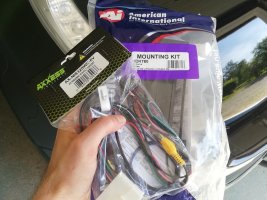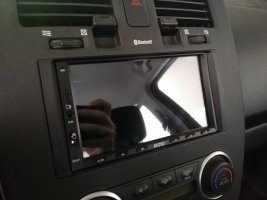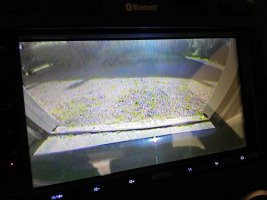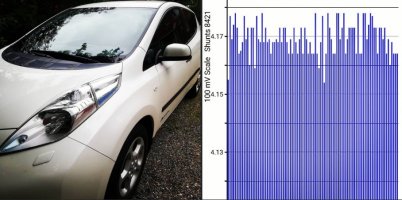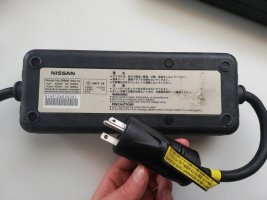Alright, here is what I've been up to the past few days.
All this started since I needed a way to charge faster at the workshop garage, where I'm currently conducting all the actual work (battery upgrades, R&D etc.). I wanted to set up a proper charging station, and by proper I mean a safety first install. I already had an OpenEVSE unit that I was going to take into use, but I needed a way to mount a Type B GFCI (RCD/RCCB/RCBO, whatever you want to call it depending on where you live).

"What is a Type B GFCI?" you might ask, so let's go over that first. A Ground Fault Circuit Interrupter, is a device that quickly cuts power in the event of a failure/short/touching conductor situation. This device cuts the power if 30mA of current starts to take a path that it shouldn't (like through a human body). In Finland, these devices started to be installed in houses during the 90s, and are now required by law in wet areas such as kitchens and bathrooms. You can read more on Wikipedia about this device:
https://en.wikipedia.org/wiki/Residual-current_device . But what makes it special when it comes to charging EVs, is the Type B variant. Normally you only encounter Type A, which cuts power on sinusoidal residual current. Type B has additional protection, and can detect steady DC, and higher frequency current, or for combinations of alternating and direct current as may be found from single-phase or multi-phase rectifying circuits. Basically every waveform can be detected with the Type B one. Examples of where Type B should be used is EV charging stations, solar installs, frequency converters, medical devices, X-ray machines, escalators, welding gear and laboratoryequipment. This is set by standards EC 60364-7-722 och SS-EN 50178.
If a failure with over 6mA of DC leakage occurs, a normal type A GFCI will become blind! This is why it is so important to have this device. Some EVSEs outright lack the built in DC-protection, like the Tesla Wall Connector.
http://www.gycom.com/docs/default-s...tblad_jordfelsbrytaretypb_lowres.pdf?sfvrsn=0
Now that we know why the GFCI device is so important, let's get to installing one! The workshop is located in a old building, timber construction from 1912. At some point during the 90s, the workshop got a renewed electrical system. Renewed is a strong word, since the more you look at it the worse it gets.
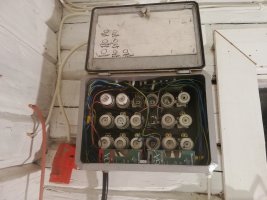
The old fuse box uses ceramic porcelaine style fuses, and there is no easy way to add the GFCI. The old box has no waterproof (IPXX) ratings. It will be necessary to replace the whole fuse box with a more modern one.
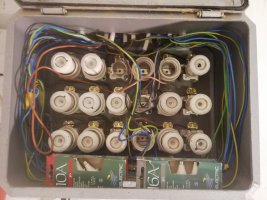
So I contacted an electrician, and we went to town. No going back now!
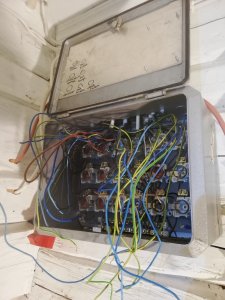
We settled on a Hager enclosure, and added some extra room at the bottom incase any upgrades will be needed in the future.
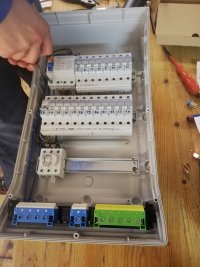
Labelling all the wiring

The garage recieves three-phase 25A, which I'll definately be using more of in the future.The old unit was mounted directly onto the wooden walls, so we put some insulation behind the unit to make it even safer.
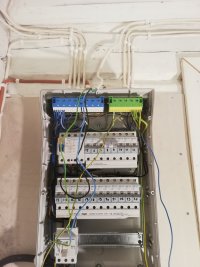
Once it was all installed, all electrical outlets in the shop were also replaced with IP55 ones. It was so satisfying to see the completed unit.

Here is also the openEVSE powered on for the first time, quite the Fallout vibe

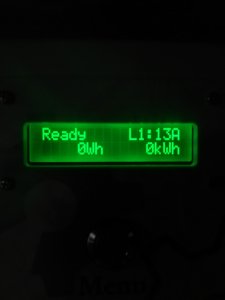
I really hoped you learned something here, and I am so pleased with having a safer installation at the shop. Now every outlet is protected, and there is less risk to use the electrical system.



